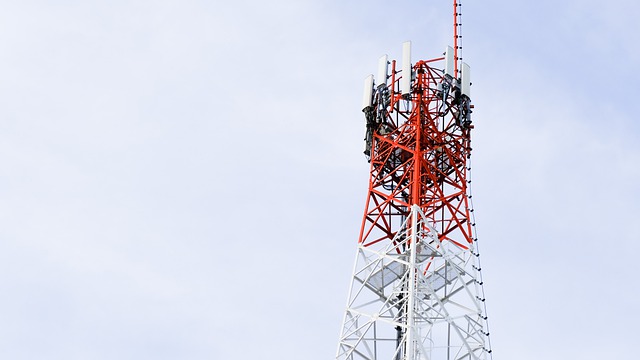
There are dozens of different types of cables While most of them consist of multiple copper conductors wrapped in insulation, some of them are designed for specific applications. Twin-lead cables, for instance, are used to transmit radio frequency (RF) signals. They still feature multiple conductors wrapped in insulation, but they have a unique construction that makes them ideal for RF signal transmission.
What Is a Twin-Lead Cable?
A twin-lead cable is a type of dual-conductor cable that’s used for RF transmission. The conductors are made of either copper or copper-clad steel. They are also wrapped in plastic insulation, and they are separated by a piece of plastic. RF signals will travel through these conductors as they travel from the source to the destination.
Characteristics of Twin-Lead Cables
While they may look like ordinary data-carrying cables, twin-lead cables feature some unique characteristics. Aside from featuring two conductors, for instance, they have spacing between the conductors. The conductors aren’t bunched together. Instead, they are separated by a thin and flat piece of plastic – typically the same plastic material used in the conductors’ insulation.
The purpose of this plastic is to create uniform spacing between the two conductors. As previously mentioned, twin-lead cables are used to transmit RF signals. With uniform spacing between the two conductors, twin-lead cables are more effective at transmitting RF signals. They are better protected against interference, as uniform spacing prevents RF signals from reflecting back to the source.
Choosing Twin-Lead Cables: What You Should
Twin-lead cables are available in different ohm ratings. Some of the most common ohm ratings for twin-lead cables include 300, 450 and 650. Ohm ratings, of course, represent electrical resistance. Ohm is a measurement of how much resistance electricity will encounter as it attempts to travel through a circuit. Most twin-lead cables have a 300 Ohm rating, but you can find them in 450 and 650 Ohm ratings as well.
There are two different types of conductors used in twin-lead cables. While all twin-lead cables have a pair of conductors – the conductors have uniform spacing – some of them are made of different materials. Some twin-lead cables have copper conductors. Others have copper-clad steel conductors.
Twin-lead cables with solid copper conductors are more effective at transmitting RF signals over long distances. Copper is more conductive than steel, so solid copper conductors are ideal for long-distance applications. Copper-clad steel conductors, though, are stronger than their solid copper counterparts.

